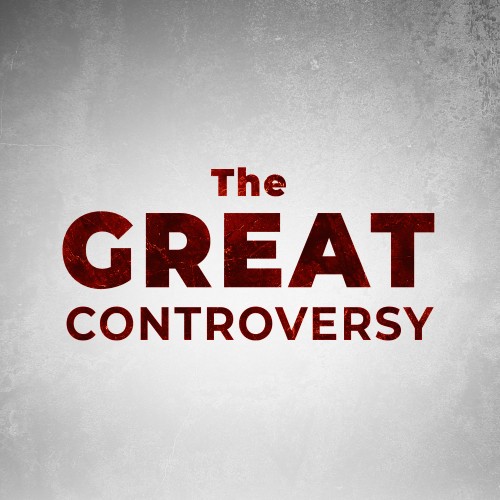On each side of the cloudy chariot are wings, and beneath it are living wheels; and as the chariot rolls upward, the wheels cry, “Holy,” and the wings, as they move, cry, “Holy,” and the retinue of angels cry, “Holy, holy, holy, Lord God Almighty.” And the redeemed shout, “Alleluia!” as the chariot moves onward toward the New Jerusalem.
Before entering the City of God, the Saviour bestows upon His followers the emblems of victory and invests them with the insignia of their royal state. The glittering ranks are drawn up in the form of a hollow square about their King, whose form rises in majesty high above saint and angel, whose countenance beams upon them full of benignant love. Throughout the unnumbered host of the redeemed every glance is fixed upon Him, every eye beholds His glory whose “visage was so marred more than any man, and His form more than the sons of men.” Upon the heads of the overcomers, Jesus with His own right hand places the crown of glory. For each there is a crown, bearing his own “new name” (Revelation 2:17), and the inscription, “Holiness to the Lord.” In every hand are placed the victor’s palm and the shining harp. Then, as the commanding angels strike the note, every hand sweeps the harp strings with skillful touch, awaking sweet music in rich, melodious strains. Rapture unutterable thrills every heart, and each voice is raised in grateful praise: “Unto Him that loved us, and washed us from our sins in His own blood, and hath made us kings and priests unto God and His Father; to Him be glory and dominion for ever and ever.” Revelation 1:5, 6.
Before the ransomed throng is the Holy City. Jesus opens wide the pearly gates, and the nations that have kept the truth enter in. There they behold the Paradise of God, the home of Adam in his innocency. Then that voice, richer than any music that ever fell on mortal ear, is heard, saying: “Your conflict is ended.” “Come, ye blessed of My Father, inherit the kingdom prepared for you from the foundation of the world.”
Now is fulfilled the Saviour’s prayer for His disciples: “I will that they also, whom Thou hast given Me, be with Me where I am.” “Faultless before the presence of His glory with exceeding joy” (Jude 24), Christ presents to the Father the purchase of His blood, declaring: “Here am I, and the children whom Thou hast given Me.” “Those that Thou gavest Me I have kept.” Oh, the wonders of redeeming love! the rapture of that hour when the infinite Father, looking upon the ransomed, shall behold His image, sin’s discord banished, its blight removed, and the human once more in harmony with the divine!
With unutterable love, Jesus welcomes His faithful ones to the joy of their Lord. The Saviour’s joy is in seeing, in the kingdom of glory, the souls that have been saved by His agony and humiliation. And the redeemed will be sharers in His joy, as they behold, among the blessed, those who have been won to Christ through their prayers, their labors, and their loving sacrifice. As they gather about the great white throne, gladness unspeakable will fill their hearts, when they behold those whom they have won for Christ, and see that one has gained others, and these still others, all brought into the haven of rest, there to lay their crowns at Jesus’ feet and praise Him through the endless cycles of eternity.
As the ransomed ones are welcomed to the City of God, there rings out upon the air an exultant cry of adoration. The two Adams are about to meet. The Son of God is standing with outstretched arms to receive the father of our race—the being whom He created, who sinned against his Maker, and for whose sin the marks of the crucifixion are borne upon the Saviour’s form. As Adam discerns the prints of the cruel nails, he does not fall upon the bosom of his Lord, but in humiliation casts himself at His feet, crying: “Worthy, worthy is the Lamb that was slain!” Tenderly the Saviour lifts him up and bids him look once more upon the Eden home from which he has so long been exiled.
After his expulsion from Eden, Adam’s life on earth was filled with sorrow. Every dying leaf, every victim of sacrifice, every blight upon the fair face of nature, every stain upon man’s purity, was a fresh reminder of his sin. Terrible was the agony of remorse as he beheld iniquity abounding, and, in answer to his warnings, met the reproaches cast upon himself as the cause of sin. With patient humility he bore, for nearly a thousand years, the penalty of transgression. Faithfully did he repent of his sin and trust in the merits of the promised Saviour, and he died in the hope of a resurrection. The Son of God redeemed man’s failure and fall; and now, through the work of the atonement, Adam is reinstated in his first dominion. (continues)

